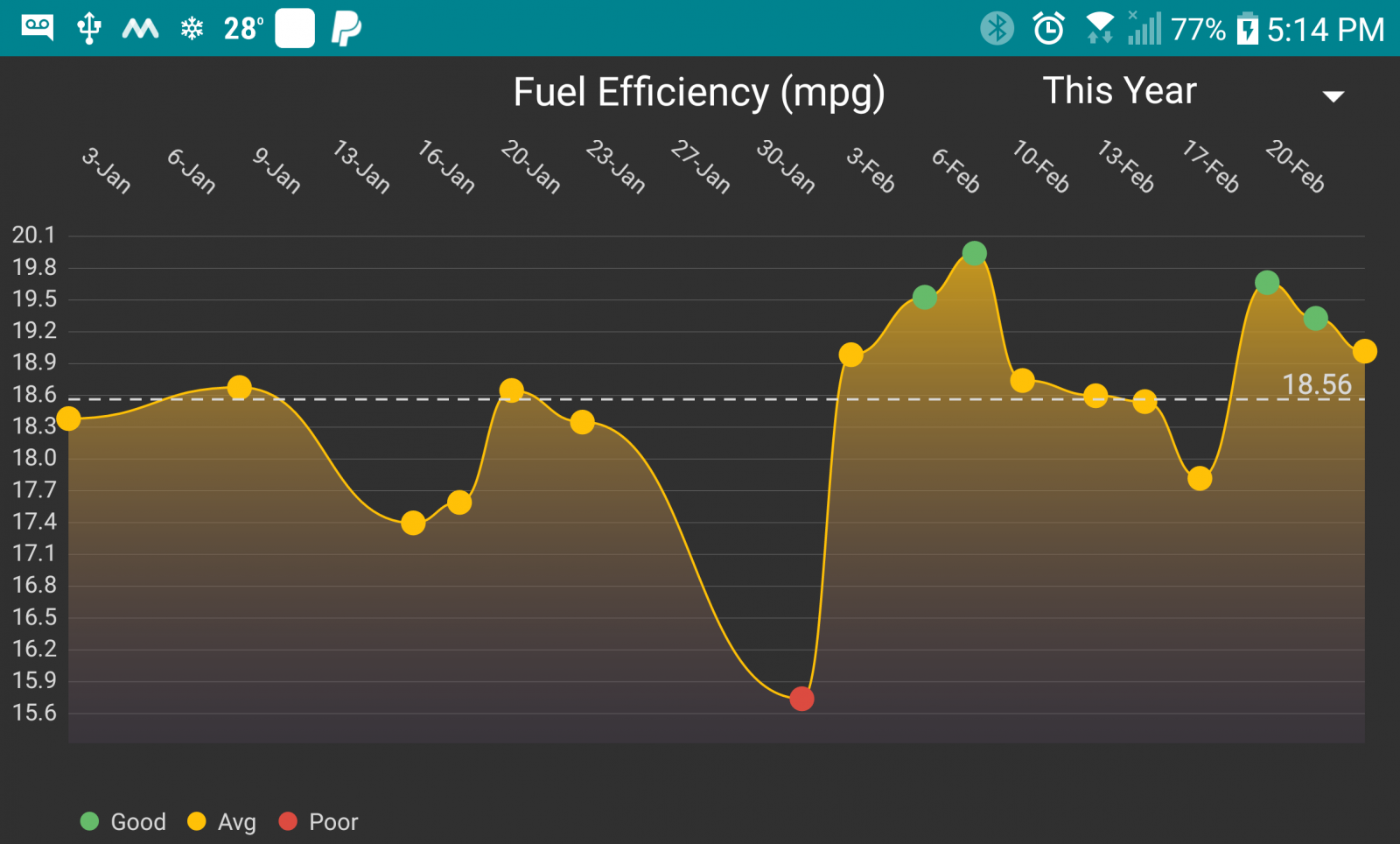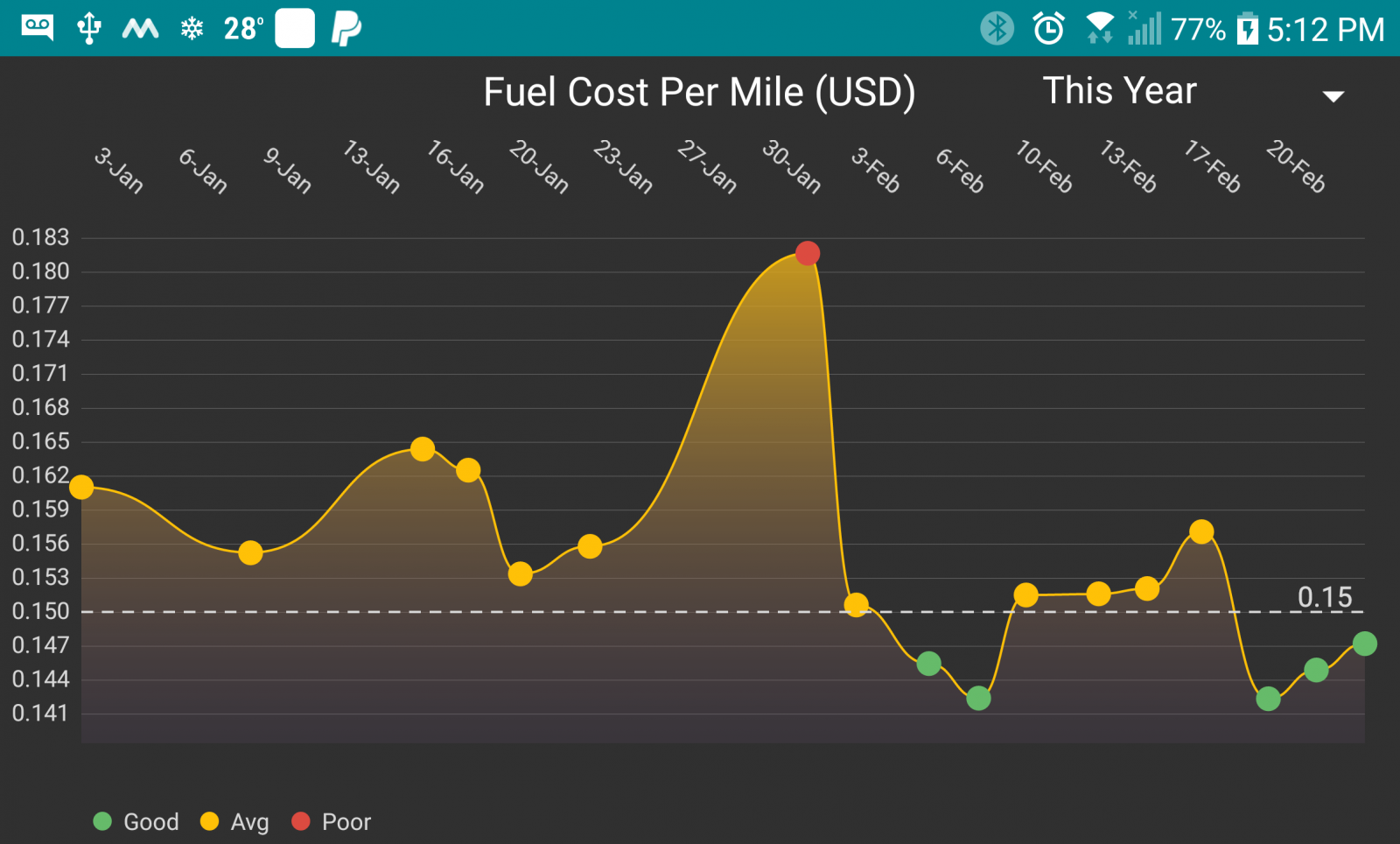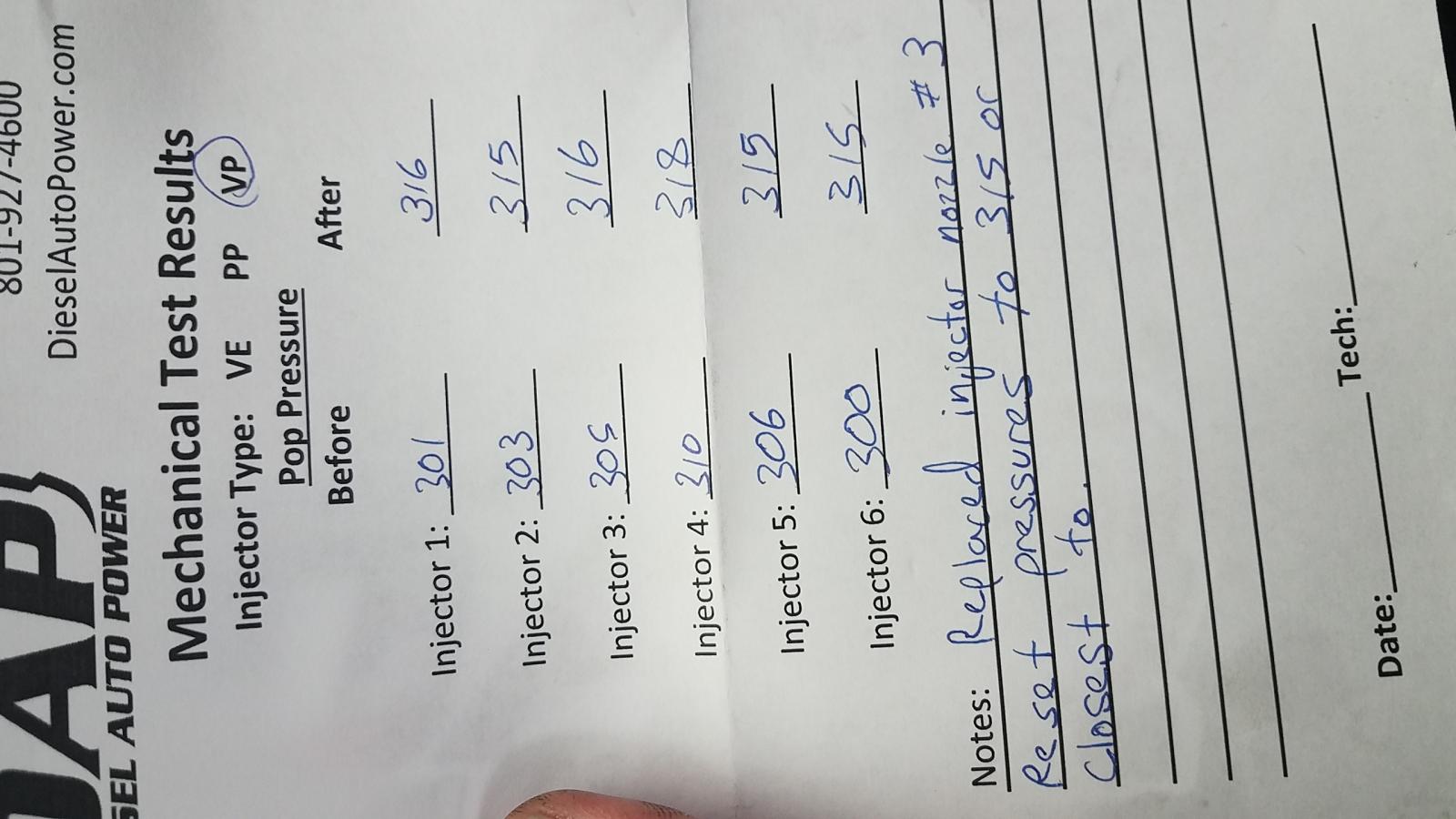- Replies 163
- Views 26k
- Created
- Last Reply
Top Posters In This Topic
-
Me78569 45 posts
-
pepsi71ocean 19 posts
-
Mopar1973Man 18 posts
-
dieselautopower 15 posts
Most Popular Posts
-
330 vs 305 bar 0-60 So results between the tests, Both tests were WOT snap from a standstill, same stretch of road, and ambient temps within ~5*f of each other. Note the area
-
350 bar injectors are in an WOW is all I can say. When comparing the 305 bar to 350 bar I could EASILY run a tune starting %5 higher with the 350 bar injectors and still have significantly less smoke
-
Thanks for the update. I want those injectors to run good for you. I would like you to send them back in. Check with warranty@dieselautopower.com and lets get it fixed for you.









This thread is for the results of the testing of the differnece pop pressure at the same size.
ANY REPLIES NOT ON TOPIC AND OR WITHOUT DATA WILL BE DELETED.
I will be running 3 sets of DAP injectors first set at 305 bar, next at 330 and the last at 350 bar. We are going to compare real world situtations and what the pros and cons are of increasing pop pressure. All tests will be datalogged and video taped if applicable.
The tune will be EXACTLY the same for all injectors. al runs done on Lvl 3, so no wiretap being used
Test conditions.
305 BAR
Test 1 0-60 WOT take off, same stretch of road
Test 2 55 mph egt on same stretch of road showing egt
Test 3 Lugged 45 mph locked od pull to compare spool.
330 BAR
Test 1 0-60 WOT take off, same stretch of road
Test 2 55 mph egt on same stretch of road showing egt
Canbus fueling is ~1125 and egt right around 710-725*f ( road is slightly uphill
Test 3 Lugged 45 mph locked od pull to compare spool.
350 BAR
Test 1 0-60 WOT take off, same stretch of road
Test 2 55 mph egt on same stretch of road showing egt
Test 3 Lugged 45 mph locked od pull to compare spool.
Edited by Me78569